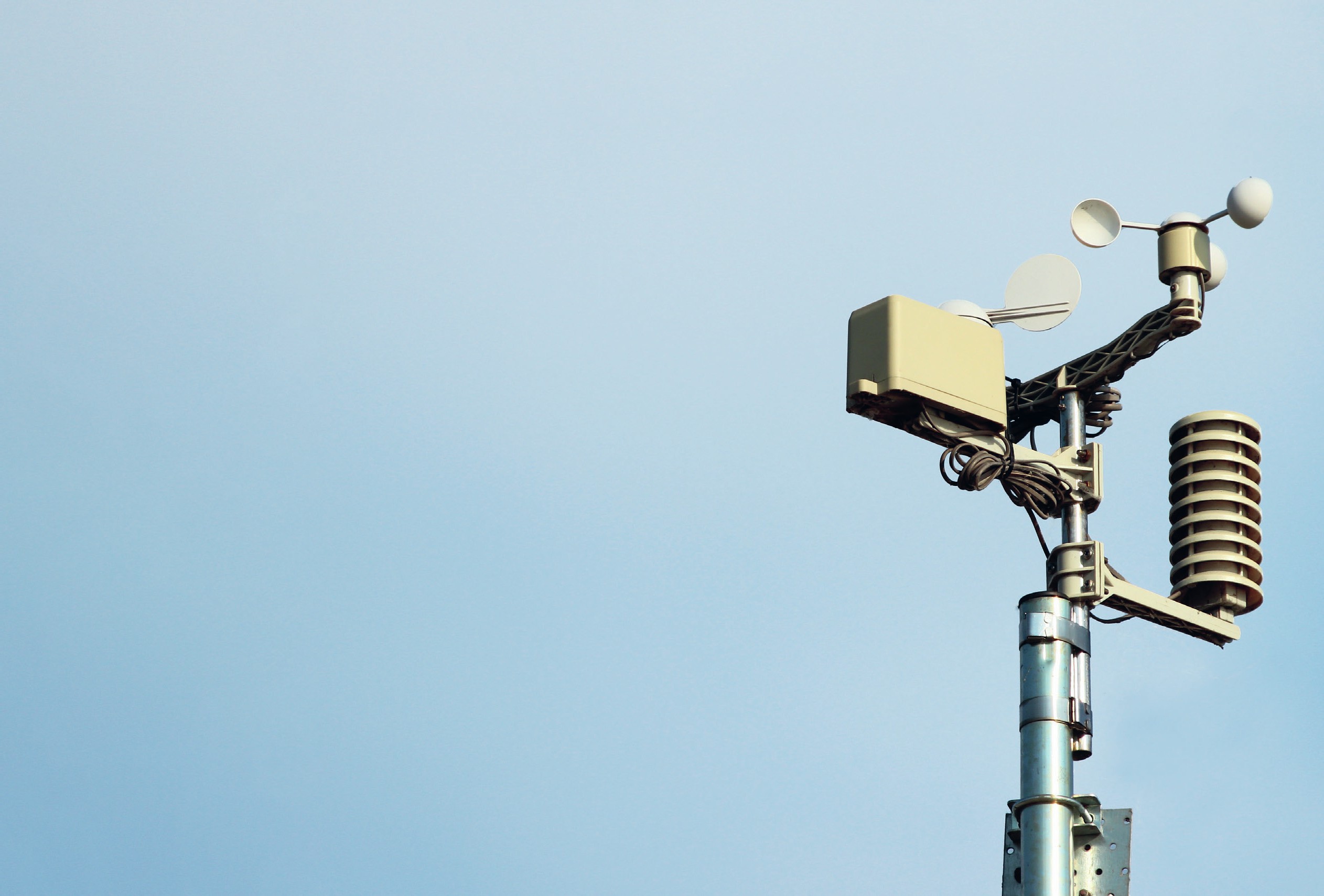
In his article on weather and climate change, Tim Burt discusses weather measurement. This is potentially an interesting area for an NEA. Obviously, you can’t collect a 100-year record, but you can collect local data (primary data) exploring spatial variation and understand your data in the context of long local records (secondary data).
A good place for historical data is this Met Office page: www.tinyurl.com/yc6ncnfy. Time series of monthly climate data are available from around the country, including Durham and Oxford. Even the shortest records go back to the 1960s. The data are easily downloaded and can be used to show the variations of climate over time, in a given locality or between different districts. Always remember to quote the source of these secondary data in any written report.
Your organisation does not have access to this article.
Sign up today to give your students the edge they need to achieve their best grades with subject expertise
Subscribe




